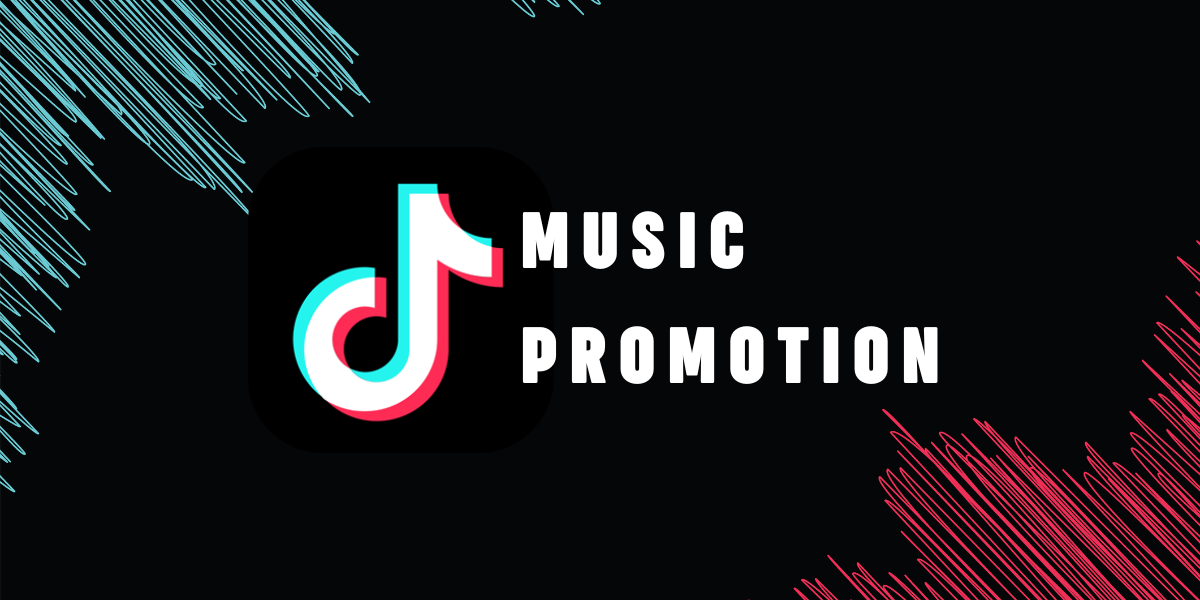If you're a musician, you might have your heart set on releasing a full album. You’ve poured your soul into 10 or 12 songs, and they all tell a story—your story. Naturally, you'd want to share that complete journey with your fans all at once. But here’s the thing: in 2024, releasing an album right away could actually hurt your growth. Sounds strange, right? But stick with me.
Let’s break it down.
The Power of Singles: More Exposure on Release Radar
Spotify’s algorithm is designed to give singles a bigger push than album tracks. Release Radar is one of the key playlists that helps get your music in front of new listeners. But—and this is a big "but"—you can only submit one song from each release to Release Radar.
So, if you drop an EP with, say, four songs, only one of those can be pitched to Spotify’s Release Radar. The other three? They’re just sitting there, waiting, without that extra algorithmic boost. It’s like having a party but only inviting one friend. The others miss out.
But what if you could keep throwing mini-parties for each song? That’s where the waterfall release strategy comes in.
What Is the Waterfall Release Strategy?
The waterfall strategy lets you release every track from your album as a single. Yes, every single song gets its own moment in the spotlight. You start with one song, and with each new release, you add it alongside the previous one. By the time you’ve dropped the last track, your full album has been revealed—piece by piece.
It’s like unwrapping gifts slowly instead of all at once. You get to build anticipation, engage with your audience regularly, and keep them coming back for more.

Real-World Example: The Chainsmokers Did It First
The Chainsmokers were early adopters of the waterfall release strategy. For their second and third albums, they released one song per month. By the end of the year, they had their full album out, but here’s the cool part: every song had its own time to shine. Fans got excited about each release, and Spotify’s algorithms pushed each track into playlists, ensuring maximum exposure.
Why It Works: The Algorithm Is Your Friend
When you release singles, especially through Spotify for Artists, each one can be pitched to Release Radar. And once it’s on Release Radar, it has a chance to get picked up by other algorithmic playlists. This springboard effect is way more powerful than dropping a whole album and hoping that listeners find the deeper cuts.
More singles = more playlist opportunities = more fans finding your music.
But What About the “Album Experience”?
I hear you. Albums tell a story, they create an experience, and you might feel like you’re missing out by breaking it up. But consider this: unless you already have a massive, loyal fanbase, dropping 10-12 songs at once can overwhelm your listeners. Instead of absorbing each song and appreciating the journey, they might skip around and miss the depth of your work.
By releasing singles, you give each song its own moment to breathe, and with the right planning, you can still tell that album story over time. It’s just in smaller, digestible pieces.

The Bottom Line: Give Each Song Its Moment
In today’s music landscape, singles are your best bet for growth. The waterfall release strategy lets you have your cake and eat it too—eventually, your fans will get the full album, but along the way, you’ll build momentum with every new release. You’re essentially giving each track the chance to be the star of the show, one spotlight at a time.
So, if you’ve got an album in the works, don’t rush to drop it all at once. Take your time, release each song as a single, and watch your fanbase grow, one song at a time. You’ll be surprised at how much impact you can make.





Leave a comment
This site is protected by hCaptcha and the hCaptcha Privacy Policy and Terms of Service apply.